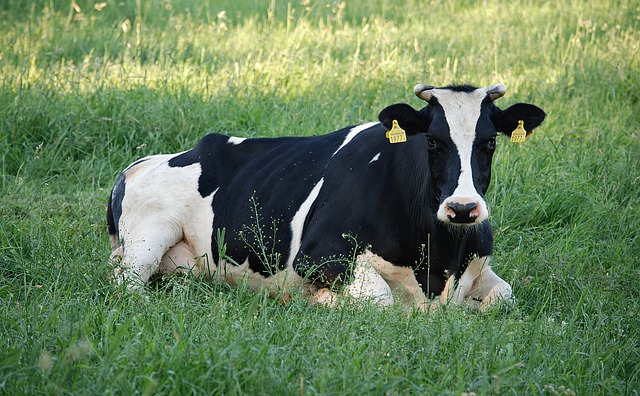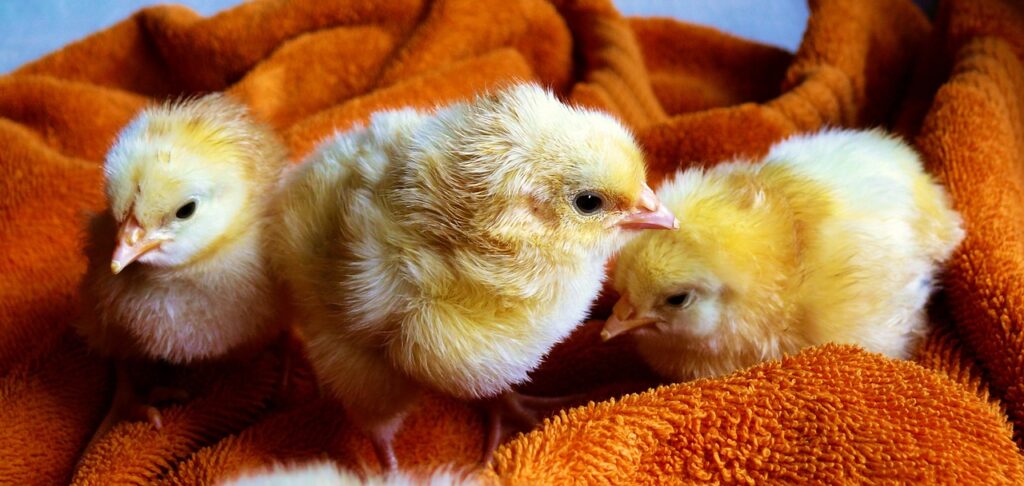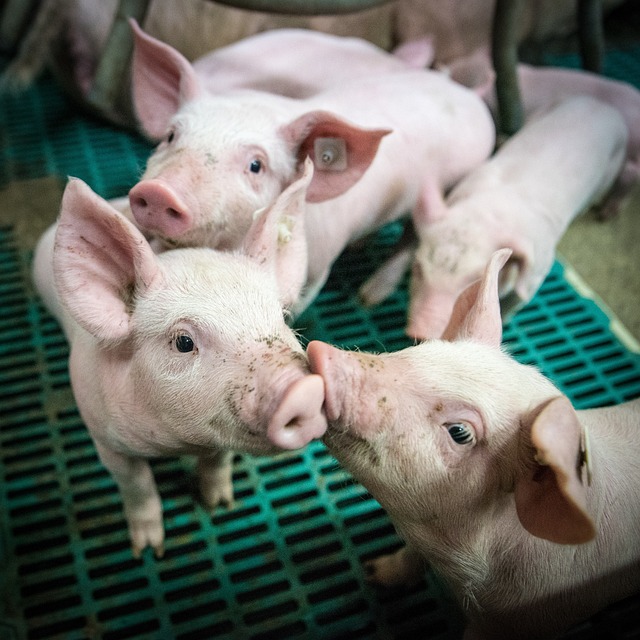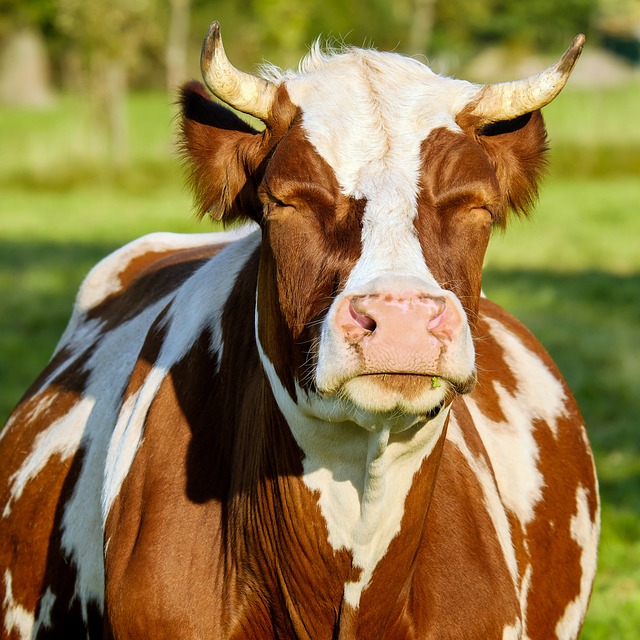Heifers are young female cattle, typically between the ages of 12 months and their first calving. These animals are the future of any dairy herd, and proper management is crucial to ensure they grow into healthy, productive cows. Effective heifer management is associated with early sexual maturity, optimal reproductive performance, and good milk production. Therefore, taking good care of heifers is essential for establishing and maintaining a strong and productive dairy herd.
Objectives of Heifer Management
The main goals of heifer management include:
1. Achieving Adequate Growth: Ensuring heifers grow properly so they reach sexual maturity at an earlier age. This leads to earlier breeding, which is beneficial for their overall productivity.
2. Reducing Age at First Calving: By managing growth and nutrition, heifers can be ready for their first calving at a younger age, which results in better reproductive performance throughout their lives.
3. Optimizing Milk Production: Properly managed heifers are more likely to produce higher quantities of milk during their first lactation and beyond.
4. Reducing Culling: Heifers that are well-managed are less likely to be culled for reasons such as failure to conceive or poor production, allowing for a more stable and productive herd.
5. Producing Superior Heifers: The goal is to produce high-quality heifers that can replace older cows in the herd, ensuring the continued strength and productivity of the dairy operation.
6. Maximizing Genetic Potential: By focusing on the health and growth of heifers, it is possible to bring out their best genetic traits, which can then be passed down to future generations.
7. Minimizing Costs: Efficient heifer management also aims to keep costs low while ensuring good returns on investment by achieving quicker breeding and earlier milk production.
Targets of Heifer Management
For effective management, certain targets need to be met:
1. Daily Body Weight Gain: Heifers should gain weight consistently to reach sexual maturity at the right time. For larger breeds like Holstein, the target is about 0.8 to 0.9 kg per day, while smaller breeds like Jersey should aim for about 0.6 kg per day.
2. Breeding Age: Heifers should be bred when they are around 15 to 18 months old. This ensures they are sexually mature and ready to reproduce, leading to increased lifetime milk production and more calves. Breeding too early can affect their growth, while breeding too late can lead to an extended unproductive period.
3. Breeding Weight: The weight of the heifer at breeding is more important than her age. Heifers should reach about 65% of their mature weight before being bred. For larger breeds, this means a weight of around 330 to 370 kg, while smaller breeds should be around 230 to 280 kg.
4. Age at First Calving: The goal is to have heifers calve for the first time at about 25 to 28 months of age. This timing ensures that they have had enough time to grow and develop, while still starting their productive life early.
5. Weight at First Calving: At the time of their first calving, heifers should have attained about 85% of their mature weight. This means a weight of around 550 to 600 kg for larger breeds and 400 to 450 kg for smaller breeds. This weight helps them handle the stress of calving and reduces the risk of calving problems.
6. Body Condition Score: The body condition score (BCS) is a measure of the heifer’s overall condition. Heifers that are too lean or too obese are not ideal for breeding. The BCS should be between 2.5 to 3.0 on a 5-point scale from 12 months of age until breeding, and then between 3.25 to 3.5 from breeding until freshening (giving birth).
7. Replacement Rate: Ideally, about 80 to 85% of the heifers raised should go on to join the lactating herd. This ensures a good replacement rate, allowing for the maintenance of herd size and productivity.
Conclusion
Heifer management is a critical aspect of dairy farming, as these young animals are the future milk producers of the herd. By setting clear goals and targets for growth, breeding, and overall health, dairy farmers can ensure their heifers develop into strong, productive cows. This not only improves the overall productivity of the herd but also ensures that the farm operates




